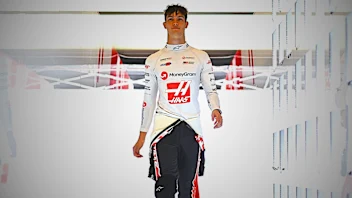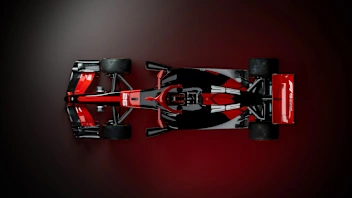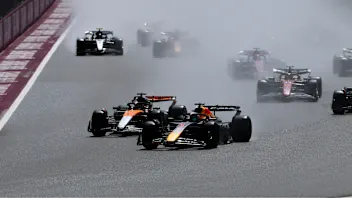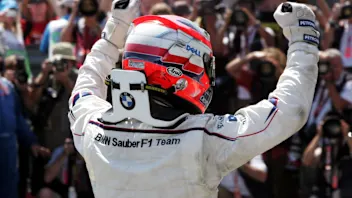TECH TUESDAY: The main factors behind Red Bull’s Singapore slump and how they bounced back in style at Suzuka


Red Bull’s spectacular fall from domination in Singapore and its equally spectacular return to form in Suzuka has highlighted just how hyper-sensitive this generation of cars are to set-up – specifically regarding ride height.
The ground effect principle by which these cars generate a big proportion of their total downforce is dramatically more effective the closer the lowest point of the floor is to the ground, until it becomes so low that the airflow stalls.
Next Up
Related Articles
 ExclusiveHow Bearman went from super-sub to star rookie in 2025
ExclusiveHow Bearman went from super-sub to star rookie in 2025 Everything you need to know about F1's new rules for 2026
Everything you need to know about F1's new rules for 2026 EXPLAINED: The key terms for F1’s new-for-2026 rules
EXPLAINED: The key terms for F1’s new-for-2026 rules REVEALED: Your favourite race of the 2025 season
REVEALED: Your favourite race of the 2025 season Stroll opens up on 'noise' that has followed him in F1
Stroll opens up on 'noise' that has followed him in F1 Tremayne'Why I’ll always have a soft spot for Sauber'
Tremayne'Why I’ll always have a soft spot for Sauber'
